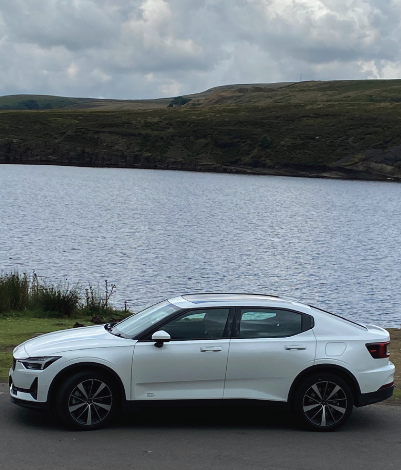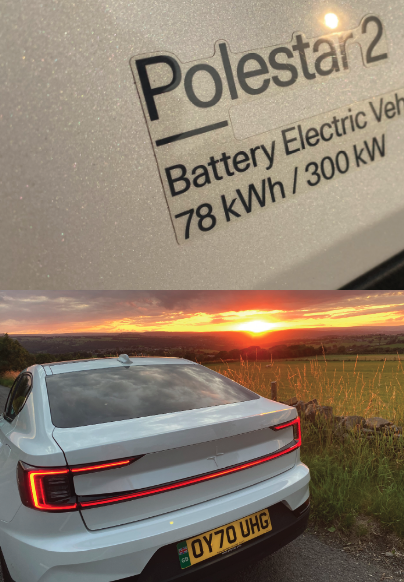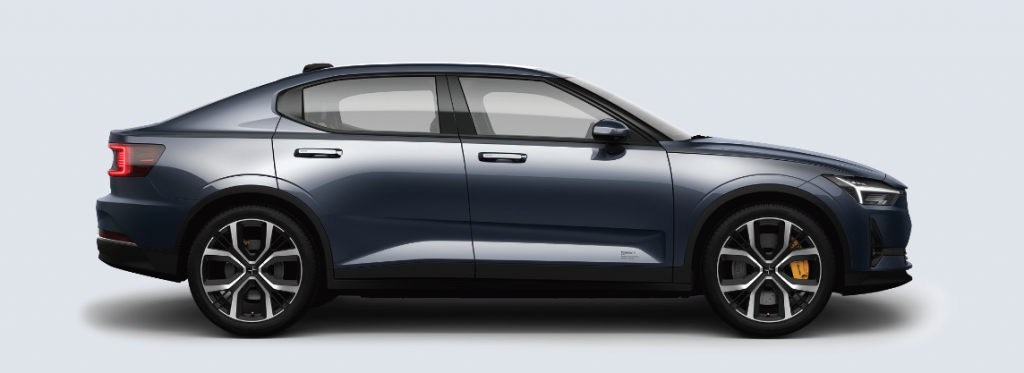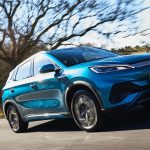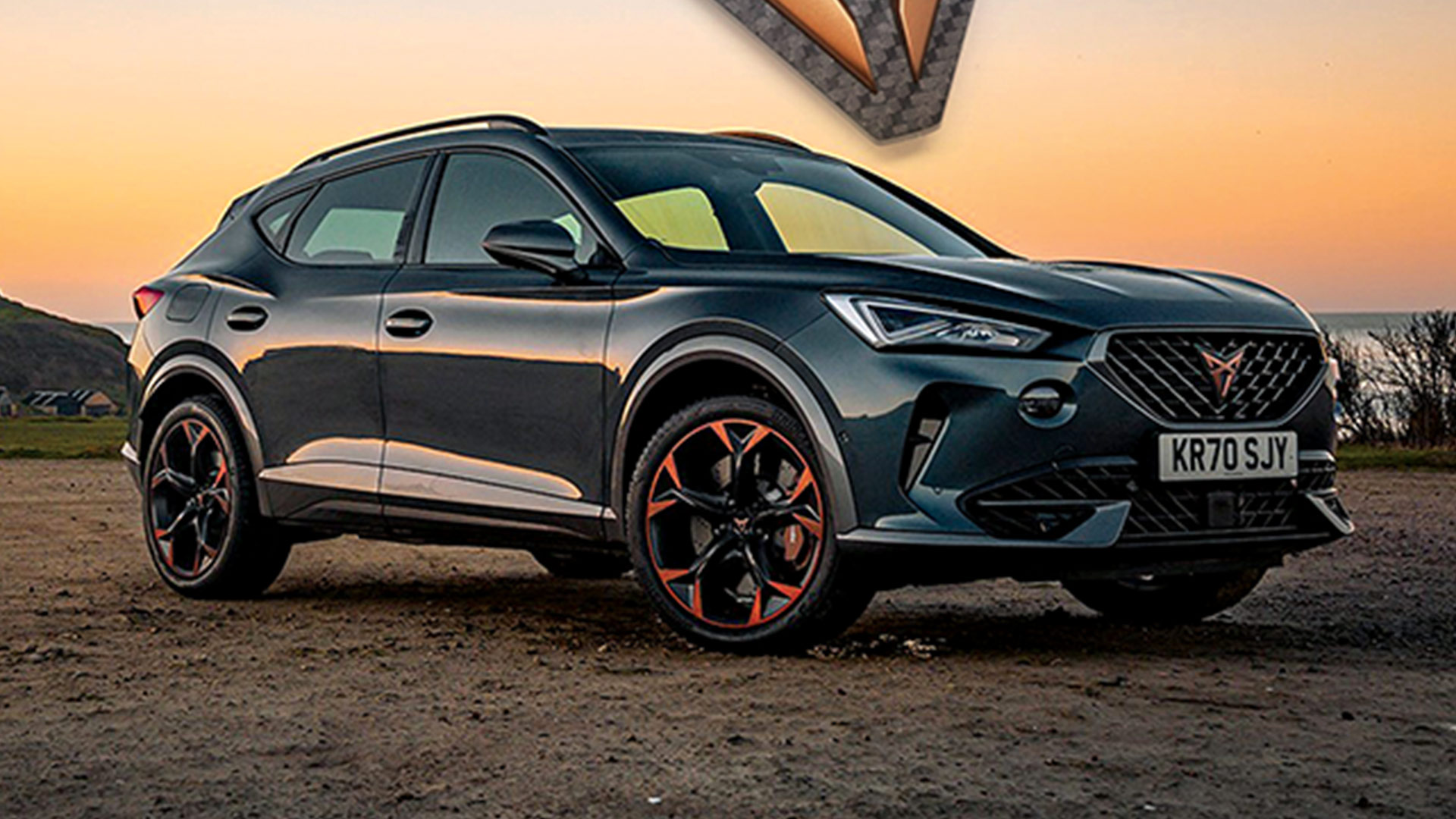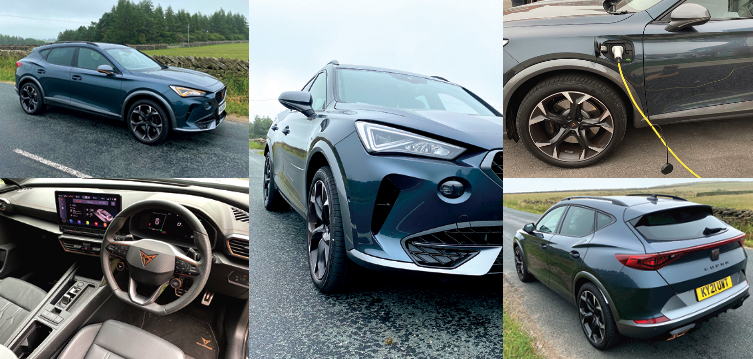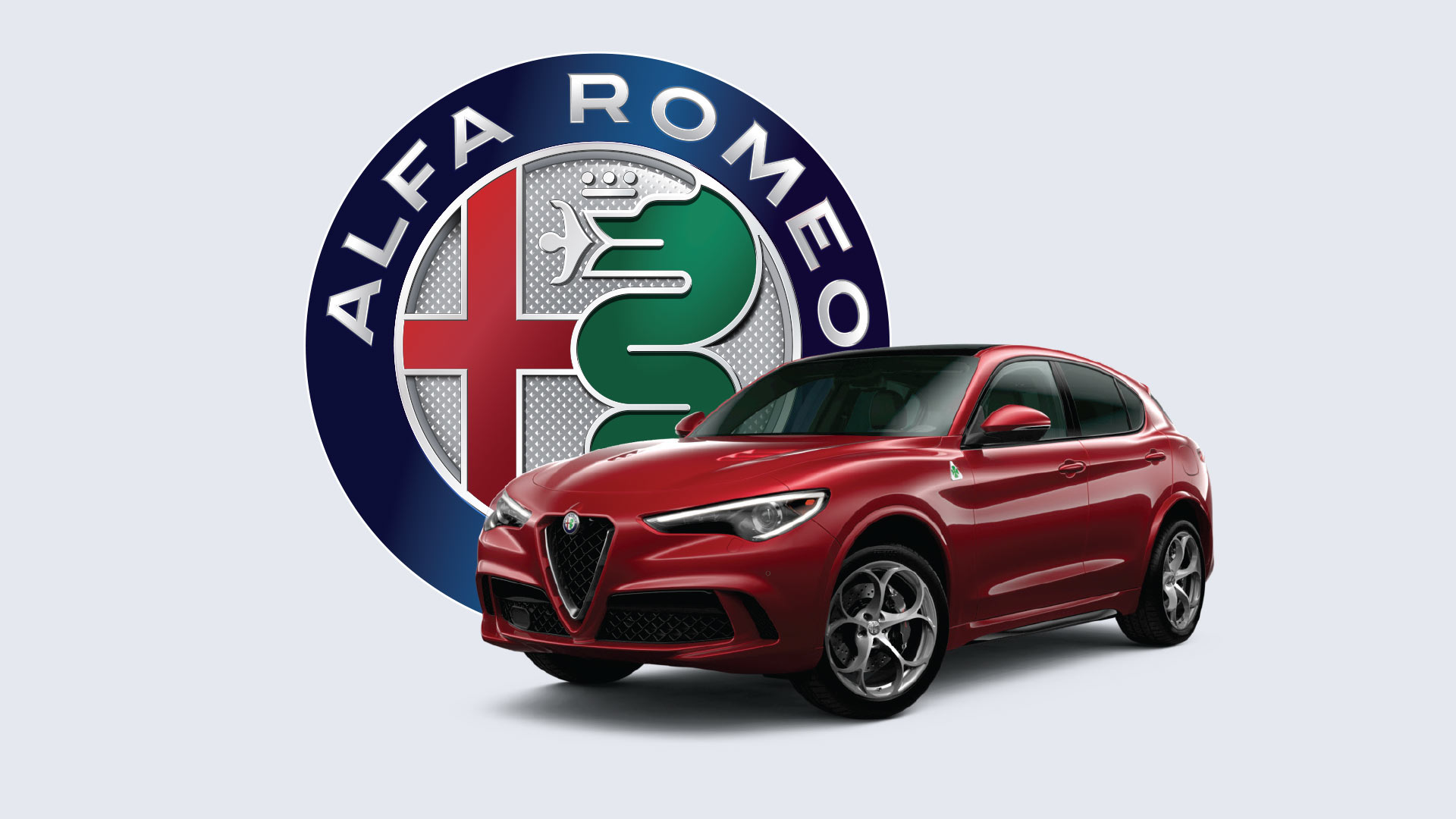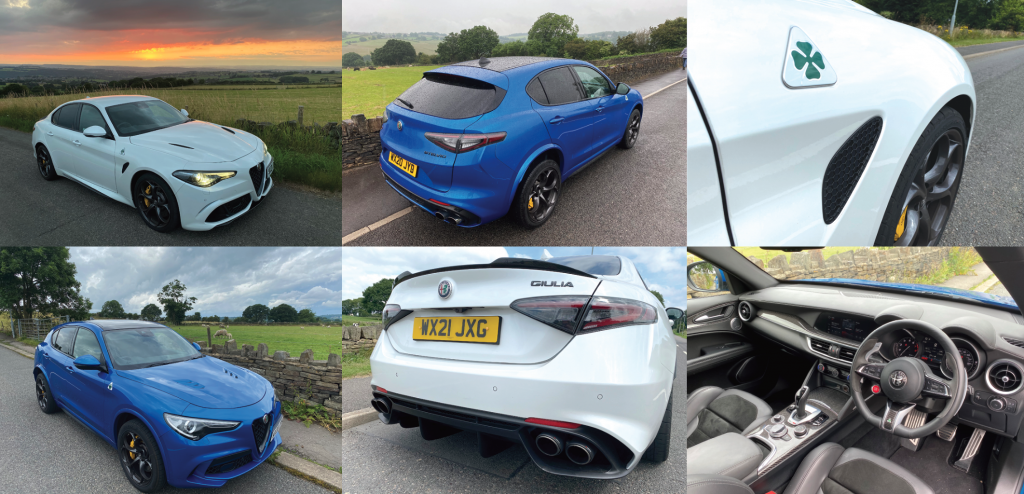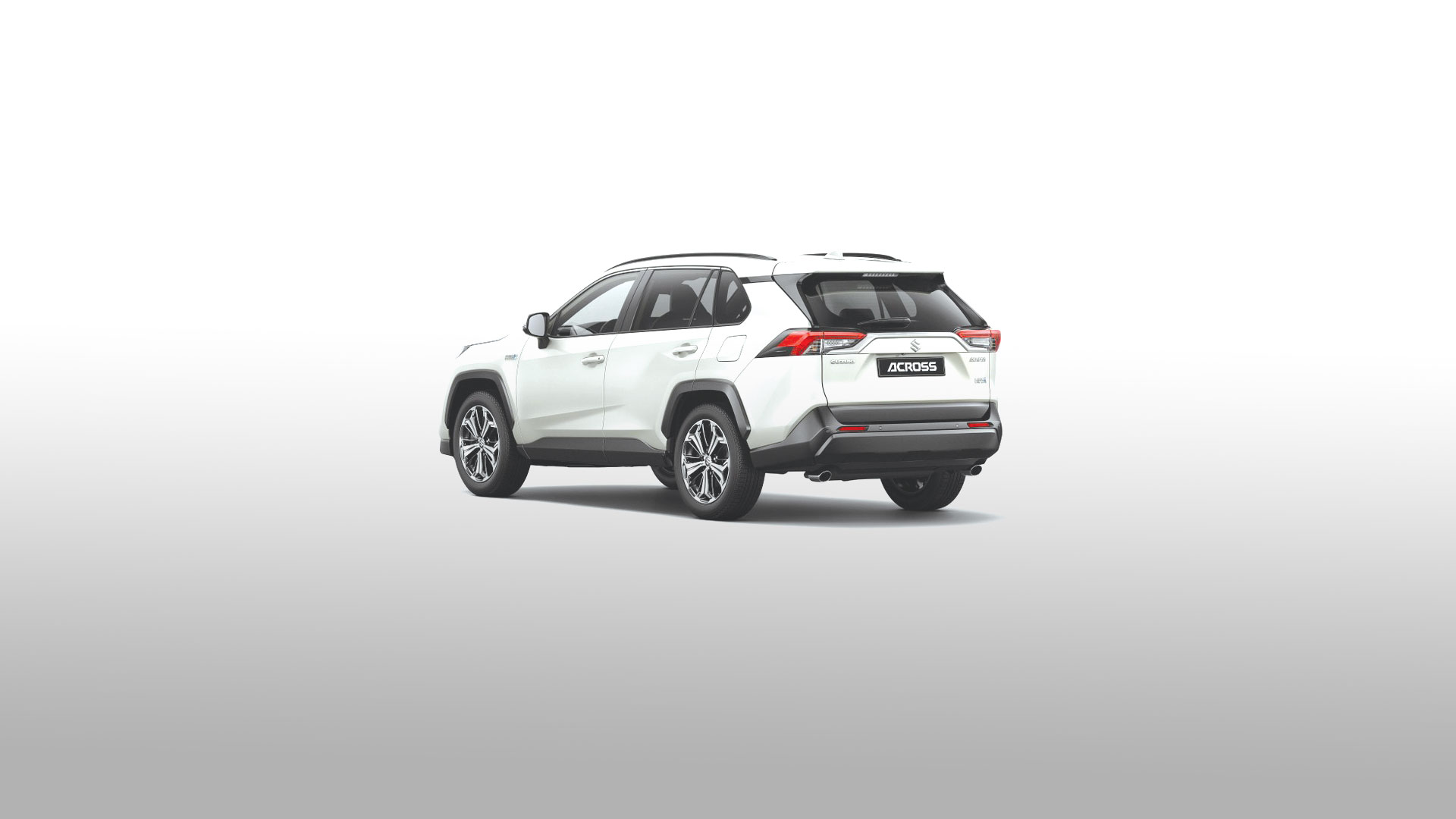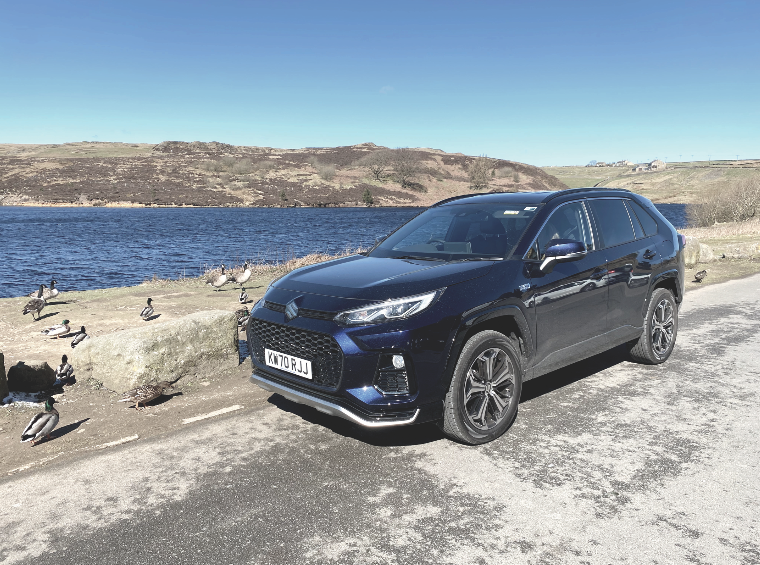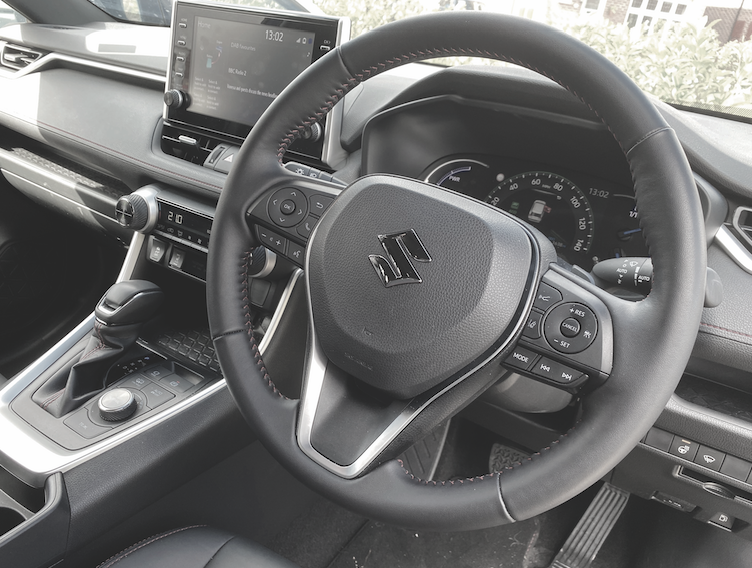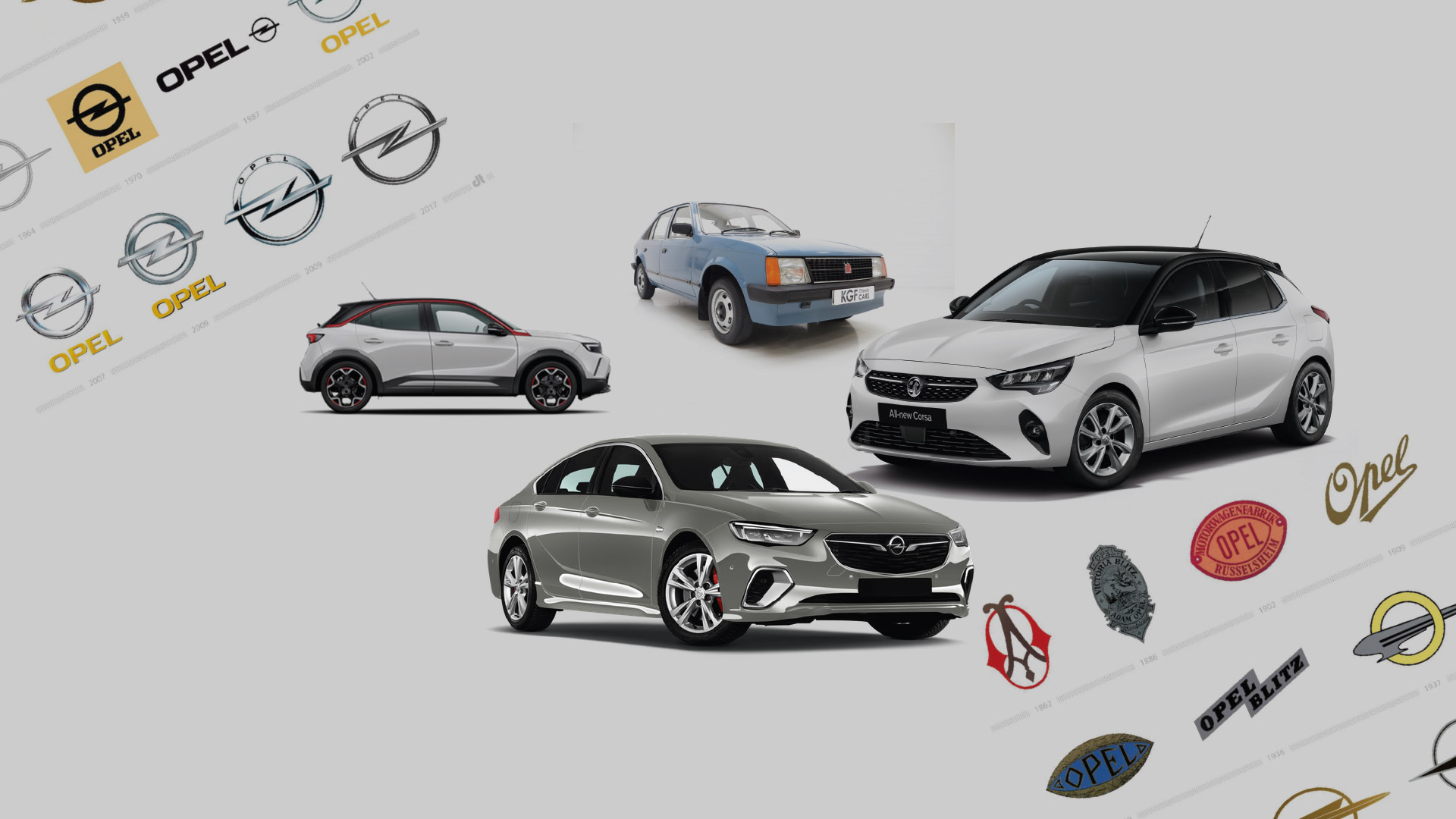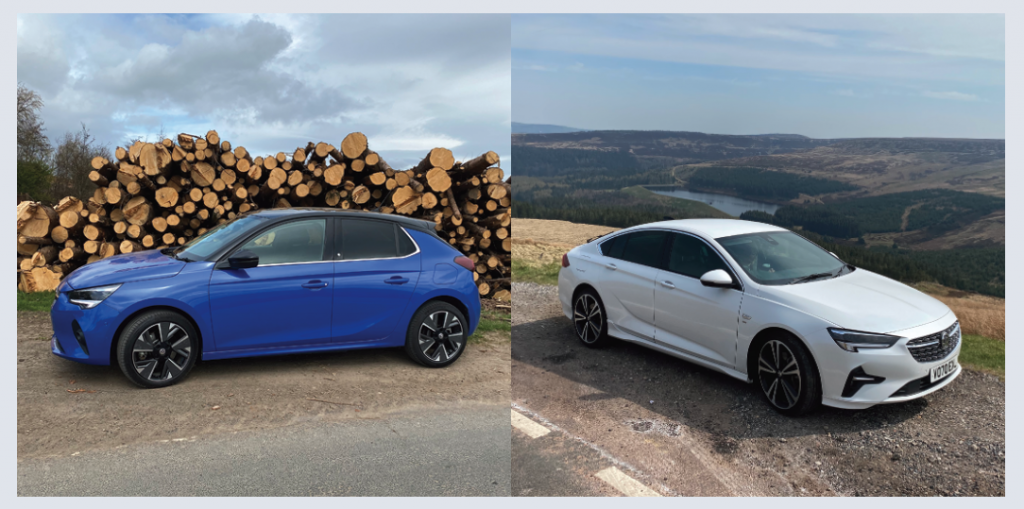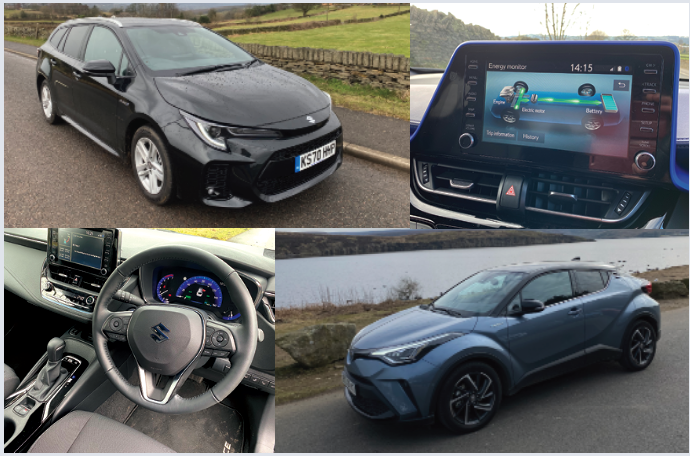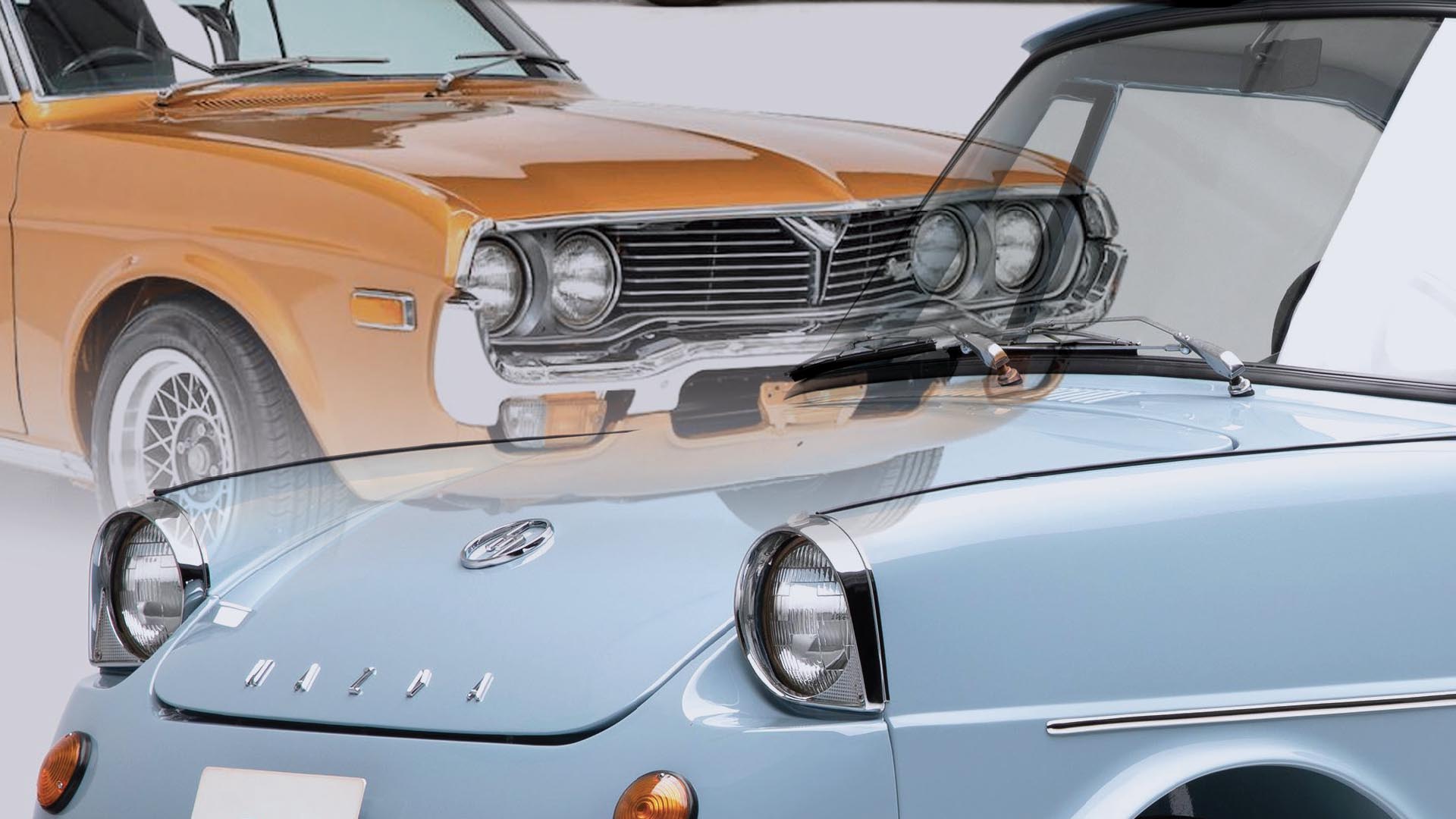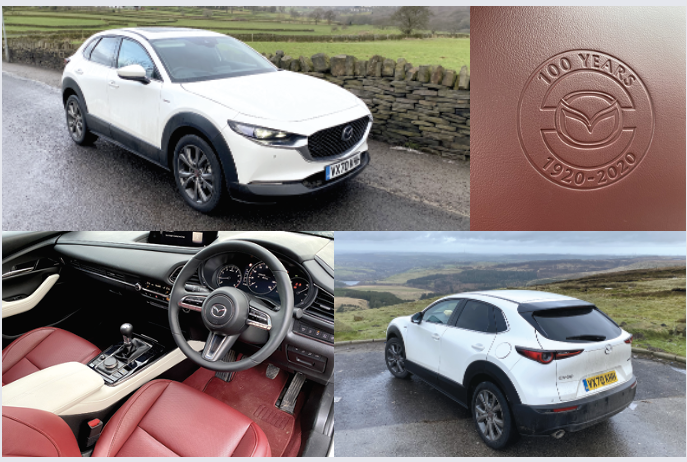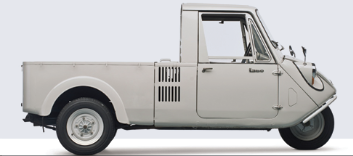What is it?
Who is it made by? How much is it? Where’s it built? What’s the range?
A lot of questions, but here are the answers….
I recently had a Polestar2 on test for a week from their UK Press Office. I was asked numerous times what was it, who is it made by, where is it built, how much is it and the big question what is it’s range..?… a lot of questions, but here are the answers.
Polestar2 is an all-electric Car, no engine, just batteries and motors.
On the drivers door pillar there is a small label that says ‘Polestar, Volvo Car Corporation, Made in China’ so some of the answers are on the car. Polestar say they are an electric performance brand, sharing technology and engineering expertise with the Volvo Car Group, yet, they are going their own way.
As soon as you get into the Polestar2 you know it is different to anything else you have driven, it just somehow looks and feels different. It is crammed full of technology and some new ideas, and during the 7-days I had the car, I don’t think I found or used half of them.
The car is a All-Wheel-Drive as it has an electric motor powering each of the wheels, The battery and motors are 78kWh / 300kw so in Electric Car terms it has quite a bit of power, and not a bad travel range.
But from the batteries it produces a phenomenal acceleration, it really does throw you back in your seat, and where traffic and conditions allow, put your foot down and your passengers say words they very rarely say, and are generally too polite to say them, but the Polestar brings out the worst in them!!.. it’s official 0-62mph (0-100kph) is 4.7 seconds, but in reality it feels much quicker than that, it feels more like ‘what *** #@£’ as passengers put it.
The advertised range is between 292 miles (469km) to 348 miles (560km) but I charged it to 90%, as per the recommendation of Polestar and got it to 240 miles (386km) which isn’t a bad range to have. I used a local public charge-point, that had a relatively quick 50kw charge and in an hour put in 80 miles 128km, so from empty to 90% would take around 3-hours, whereas to put in 240 miles of petrol or diesel would take about 5-minutes.
Driving the Polestar is a fantastic experience, it is very comfortable, plenty of rear legroom, but it is the technology and systems that make it special. It has a brilliant ‘Birds-Eye’ view camera (and I thought they made Fish Fingers) that somehow, and I cannot fathom how it works, has the appearance of looking down on the car, and showing the image on the large screen on the dash. It is very accurate and makes parking very easy.
As you slow down, or brake then energy goes from deceleration to put a bit of charge into the batteries, so you find yourself trying to slow down at every available opportunity to try and top-up the battery, a really clever system.
The Polestar is full of goodies, all very impressive, and after a short while you quickly get used to the systems and soon become very intuitive and easy to use.
The downside of owning any Electric Vehicle is the time you need to put aside to charge it, and plan your days accordingly. It’s fine if you’ve got off-street parking and can charge at home. But if you need to rely on public charge points, like me, it can become a bit of a problem.
And now to the cost, in the UK prices range from around £50,000 to £60,000 depending on specification and options



